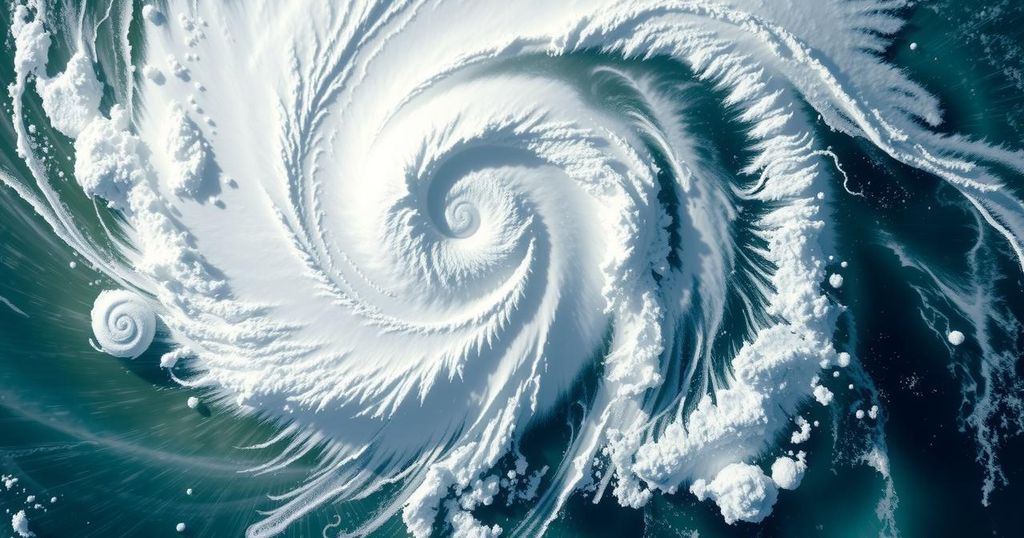Eastern Africa has faced the impacts of Tropical Cyclone Dikeledi, which formed from a disturbance in early January. The cyclone caused at least three fatalities in Madagascar and led to flooding in Mayotte, displacing over 14,500 people. It is projected to reintensify as it moves toward Mozambique, bringing additional adverse weather conditions later this week.
Over the past weekend, eastern Africa faced significant challenges due to Tropical Cyclone Dikeledi. Originating as a minor tropical disturbance between Indonesia and Australia on January 2, the system progressed westward, evolving into a depression that intensified into a tropical storm capable of producing heavy rainfall and winds exceeding 39 mph. Dikeledi was officially named as it transitioned into a cyclone on the evening of January 10, achieving maximum sustained wind speeds of 74 mph, akin to a Category 1 hurricane.
Dikeledi made landfall in northern Madagascar, impacting areas between Vohemar and Antsiranana, where it resulted in the tragic deaths of at least three individuals due to heavy rain and fierce winds. Subsequently, it weakened into a tropical storm and moved into the Mozambique Channel. The cyclone also affected the French territory of Mayotte, where heavy rains caused flooding and mudslides. In light of these threats, approximately 14,500 residents sought refuge in emergency shelters, with plans to wait for improved weather conditions that are expected to clear by late Monday.
Forecast models now predict that Dikeledi will track southward into the Mozambique Channel, with a strong likelihood of reintensifying into a tropical cyclone early this week. Such a development could bring heavy rainfall, thunderstorms, and winds to parts of Mozambique. It is anticipated that the cyclone may deepen further, with wind speeds surmounting 100 mph by midweek as it progresses southeastward, passing the southern region of Madagascar. Concurrently, strong winds have been observed in the Adriatic Sea, particularly in Croatia, where gusts reached up to 60 mph. These winds are attributed to the Bora phenomena, a typical winter katabatic wind.
Tropical cyclones are powerful weather systems that can cause significant damage due to high winds and heavy precipitation. The formation of Cyclone Dikeledi illustrates the cyclone’s life cycle beginning as a tropical disturbance, evolving through stages of intensification until it has significant impacts on land. Cyclone-related disasters often result in loss of life and displace large populations, especially in vulnerable regions such as Madagascar and Mayotte. The cyclone season in the Indian Ocean is a critical time for monitoring weather patterns to mitigate potential disasters.
Tropical Cyclone Dikeledi has emerged as a significant weather event, impacting Madagascar and Mayotte with fatal consequences and substantial displacement. The cyclone’s trajectory suggests it may reintensify and continue to pose threats to southern Madagascar and Mozambique later in the week. The response to these cyclones, including the initiation of emergency shelters, highlights the ongoing need for readiness in regions susceptible to such natural disasters.
Original Source: www.theguardian.com






